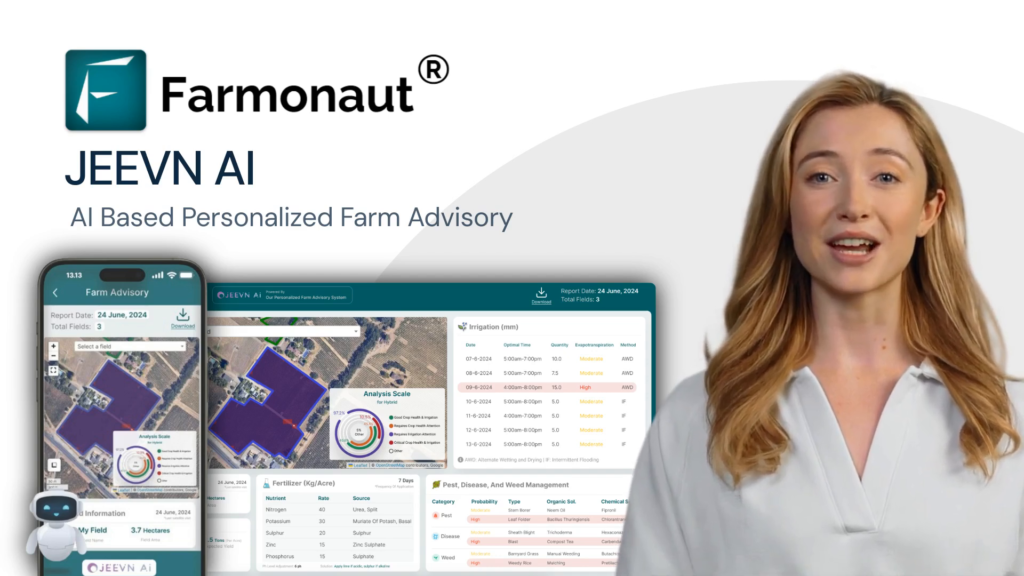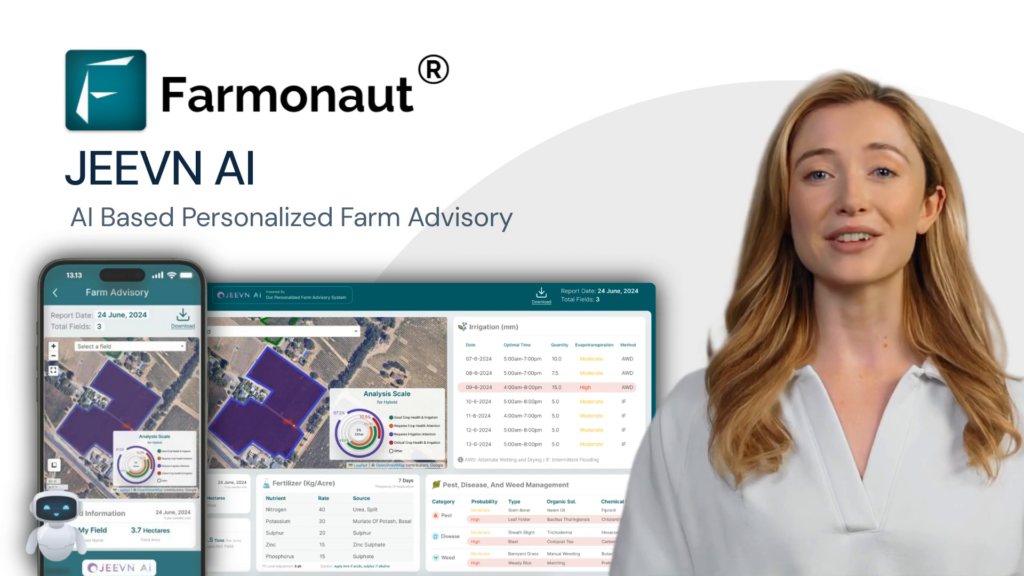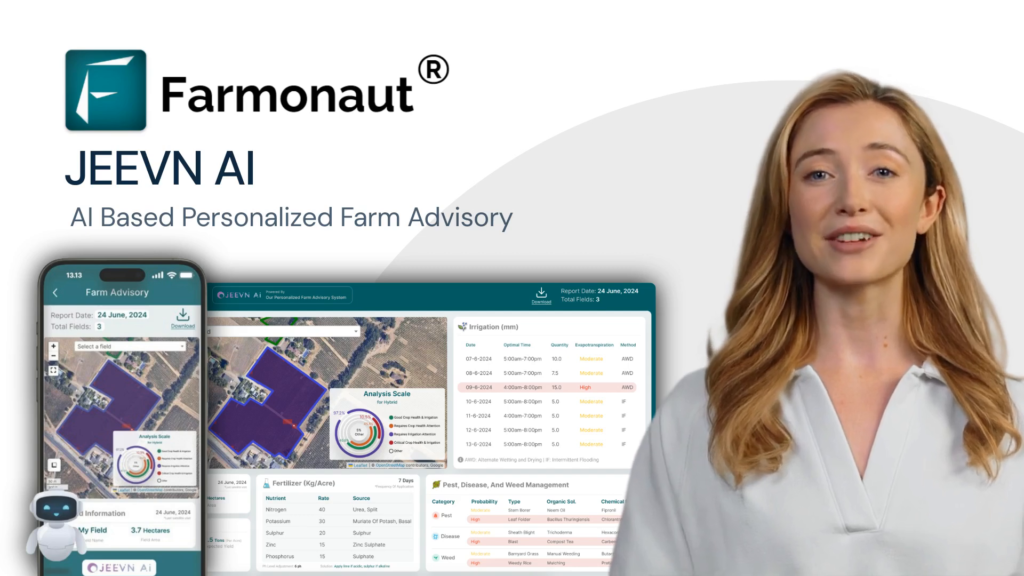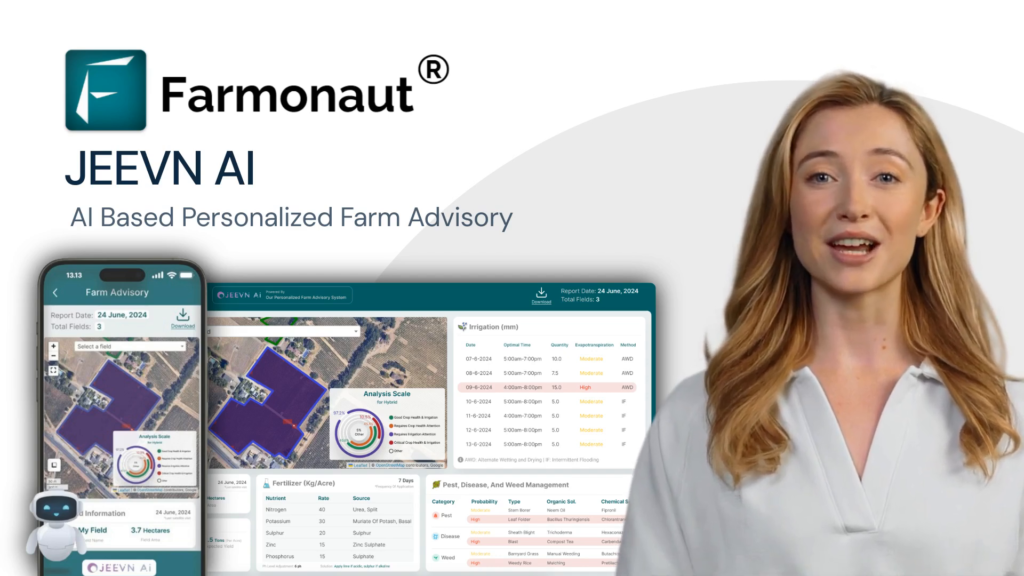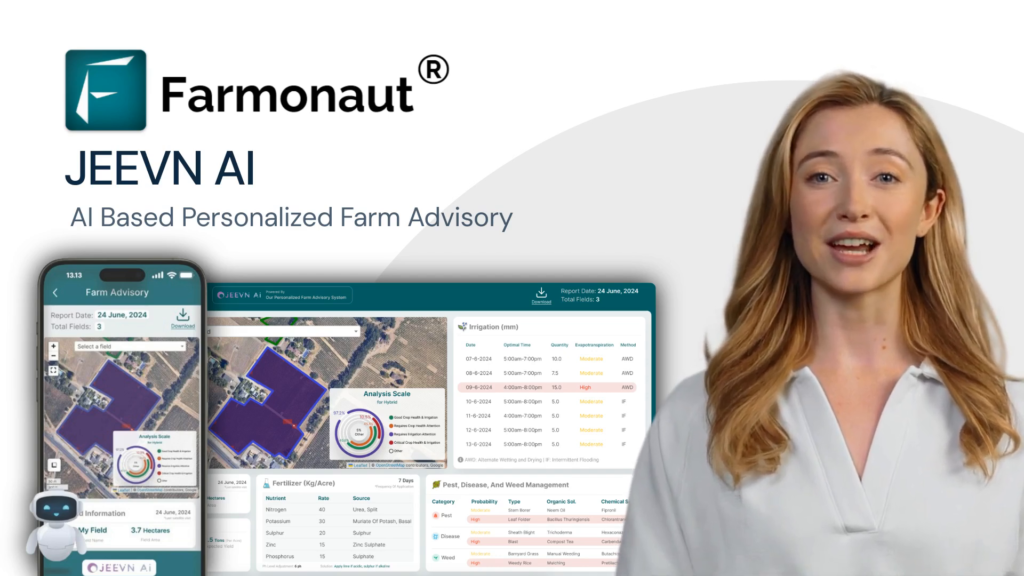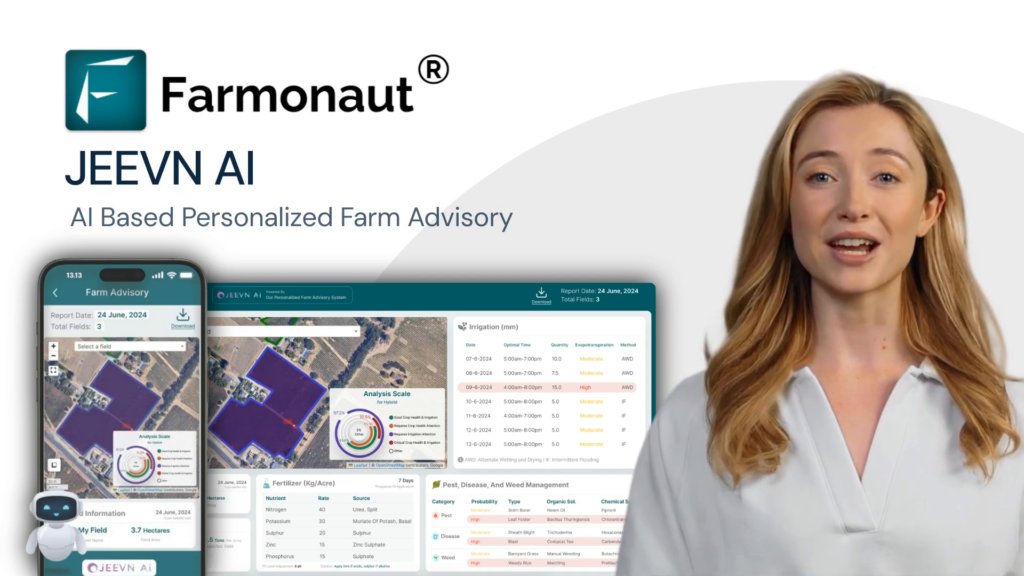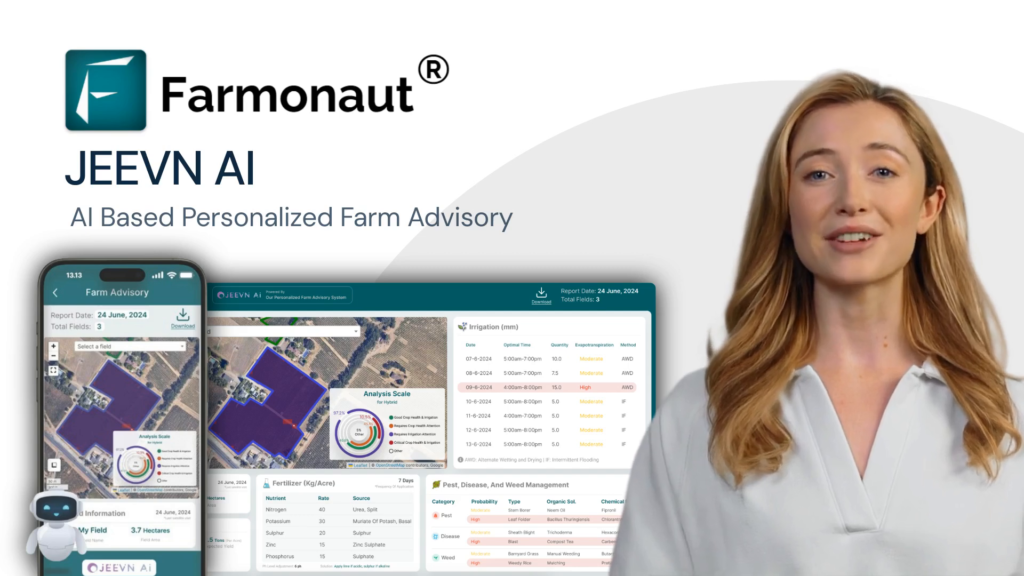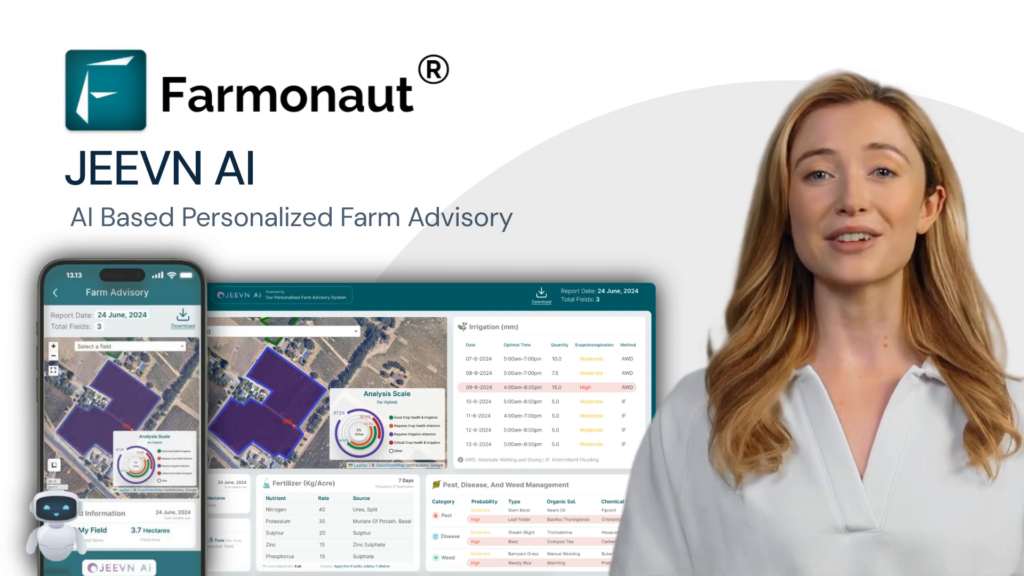Missoula Superfund Site: Groundwater Contamination Cleanup Plan Advances Despite Sampling Concerns
“The Missoula Superfund site cleanup faces challenges with heavy metal pollution, including chromium and dioxins, in groundwater and soil.”
As we delve into the complex world of environmental remediation, the Missoula Superfund site presents a compelling case study in the intricate balance between thorough investigation and timely action. The former Smurfit Stone mill site, now a focal point of environmental concern, stands as a testament to the challenges faced by communities and regulatory bodies in addressing long-standing contamination issues.
The Current State of Affairs
Ten years after the Smurfit Stone mill site was proposed for the federal Superfund program, the Environmental Protection Agency (EPA) is pressing forward with plans for cleanup. However, this progress is not without controversy, as local stakeholders question the adequacy of the data collected thus far.
EPA project manager Allie Archer recently addressed the Frenchtown Smurfit Stone Citizens Advisory Committee, asserting that sufficient data has been gathered to confirm groundwater contamination beneath the mill site. This declaration has set the stage for the development of work plans aimed at site remediation.
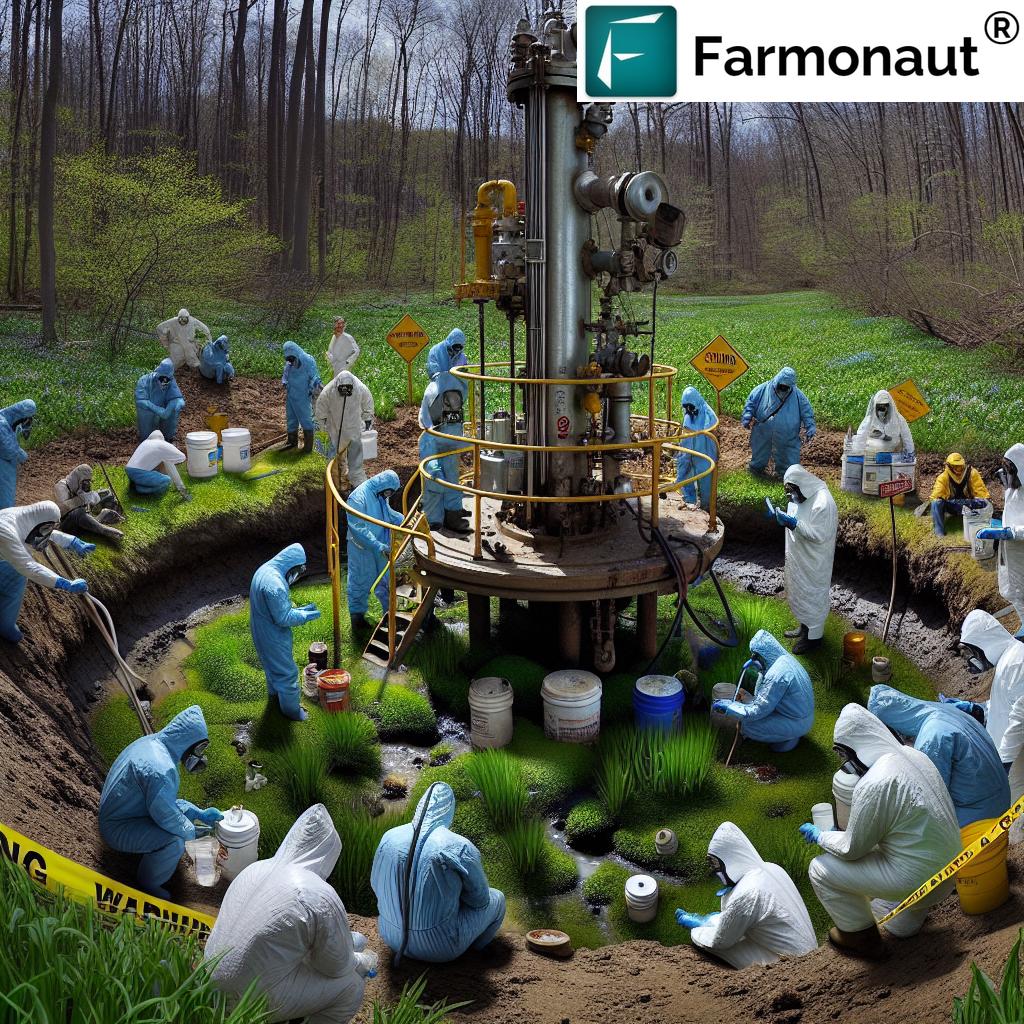
Archer stated, “There’s not another data gap we have to explore because we know there’s contamination. It’s consistently contaminated regardless of the time of year – that is the takeaway.” This stance reflects the EPA’s commitment to moving forward with the Superfund site cleanup process, despite ongoing debates about the completeness of the data.
Sampling Concerns and Data Gaps
While the EPA maintains that sufficient information has been gathered to proceed with cleanup plans, several issues have emerged regarding the sampling process:
- Incomplete laboratory results from 2023 samples
- Lack of quarterly sampling as originally planned
- Absence of updated biota sampling for ecological risk assessment
These concerns have led community members and local authorities to question whether the current data is adequate for developing effective contaminated site remediation strategies.
The Significance of Groundwater Contamination
Groundwater contamination at the Missoula Superfund site is a critical issue that requires immediate attention. The presence of heavy metals, dioxins, furans, and PCBs in the groundwater poses significant risks to both human health and the environment.
To better understand the scope of the contamination, let’s examine the key contaminants and their potential impacts:
| Contaminant | Potential Health Risks | Environmental Impact |
|---|---|---|
| Heavy Metals (e.g., Arsenic, Chromium) | Cancer, organ damage, neurological disorders | Soil toxicity, aquatic ecosystem disruption |
| Dioxins | Cancer, reproductive issues, immune system damage | Bioaccumulation in food chains, long-term ecological harm |
| Furans | Similar to dioxins, potential carcinogen | Persistent organic pollutants, affect wildlife reproduction |
| PCBs | Cancer, endocrine disruption | Accumulation in sediments, impact on aquatic life |
The presence of these contaminants underscores the urgency of the cleanup efforts and the need for a comprehensive environmental risk assessment.
The EPA’s Approach to Remediation
Despite the concerns raised about incomplete data, the EPA is moving forward with its remedial investigation and cleanup plans. This approach is based on several key factors:
- Consistent contamination patterns observed over time
- The urgency to address known contamination issues
- The need to balance thorough investigation with timely action
Archer emphasized the iterative nature of the cleanup process, stating, “Ultimately, the timing was right for making that leap. It was always going to be hard. It’s also iterative. Any data we collect can also update our risk assessment. The EPA is always looking at ‘Is this changing anything – do we need to go back?'”
This approach highlights the delicate balance between thorough investigation and the need for prompt action in hazardous waste management.
Community Involvement and Concerns
The role of community involvement in the Missoula Superfund site cleanup cannot be overstated. Local stakeholders, including the Frenchtown Smurfit Stone Citizens Advisory Committee and Missoula County officials, have been actively engaged in the process, raising important questions and concerns.
Key community concerns include:
- The lack of quarterly sampling data
- Potential long-term environmental impacts
- The adequacy of current data for developing effective cleanup strategies
Jeri Delys, a Citizen Advisory Group member, voiced concerns about the decision-making process without comprehensive quarterly data, drawing parallels to other contentious cleanup projects.
“Despite incomplete data from lack of quarterly sampling, officials are advancing remedial investigation and cleanup plans for the contaminated site.”
The Importance of Ecological Health Risk Assessment
An integral part of the Superfund site cleanup process is the ecological health risk assessment. This assessment evaluates the potential impacts of site contamination on local ecosystems and wildlife. At the Missoula site, the assessment has revealed significant concerns related to heavy metal pollution, including chromium and dioxins.
The ecological risk assessment considers several factors:
- Contaminant levels in soil and water
- Bioaccumulation potential in the food chain
- Impacts on sensitive species and habitats
- Long-term ecological consequences
Understanding these ecological risks is crucial for developing a comprehensive cleanup plan that addresses both human health and environmental concerns.

Challenges in Soil Contamination Sampling
Soil contamination sampling presents its own set of challenges at the Missoula Superfund site. The vast area of the former mill site, combined with the complex nature of the contaminants, makes comprehensive sampling a daunting task.
Key challenges in soil sampling include:
- Identifying hotspots of contamination
- Assessing the vertical and horizontal spread of pollutants
- Determining the interaction between soil and groundwater contamination
- Evaluating the potential for contaminant migration
These challenges underscore the importance of a thorough and systematic approach to soil sampling as part of the overall environmental protection agency cleanup efforts.
The Role of Remedial Investigation in Cleanup Planning
The EPA remedial investigation is a critical component of the Superfund cleanup process. This investigation aims to characterize the nature and extent of contamination at the site, providing the foundation for developing effective cleanup strategies.
Key aspects of the remedial investigation include:
- Comprehensive site characterization
- Identification of contaminants of concern
- Assessment of exposure pathways
- Evaluation of risks to human health and the environment
The ongoing remedial investigation at the Missoula site will play a crucial role in shaping the future cleanup plans and ensuring that all significant contamination issues are addressed.
Innovative Technologies in Environmental Remediation
As we consider the challenges faced at the Missoula Superfund site, it’s worth noting the role that innovative technologies can play in environmental remediation efforts. While not directly involved in this specific cleanup, companies like Farmonaut are pioneering new approaches to environmental monitoring and management that could have broader applications in the field of environmental protection.
Farmonaut, for instance, leverages satellite-based technologies and artificial intelligence to provide advanced monitoring solutions. While their focus is primarily on agricultural applications, the principles of remote sensing and data analysis could potentially be adapted to support environmental cleanup efforts.
Some potential applications of such technologies in Superfund site management could include:
- Large-scale monitoring of vegetation health as an indicator of soil contamination
- Tracking changes in land use and potential contaminant spread
- Assessing the effectiveness of remediation efforts over time
While these specific applications are not currently part of the Missoula cleanup plan, they represent the kind of innovative thinking that could shape future approaches to environmental remediation.
The Path Forward: Developing a Comprehensive Cleanup Plan
As the EPA moves forward with developing a cleanup plan for the Missoula Superfund site, several key considerations will need to be addressed:
- Addressing community concerns about data completeness
- Integrating ecological and human health risk assessments
- Developing targeted strategies for soil and groundwater remediation
- Ensuring long-term monitoring and site management
The cleanup plan will need to balance the urgency of addressing known contamination with the need for a thorough and comprehensive approach to site remediation.
Lessons for Future Superfund Site Management
The Missoula Superfund site cleanup offers valuable insights for the management of similar sites across the country. Key lessons include:
- The importance of transparent communication with local communities
- The need for flexible, adaptive cleanup strategies
- The value of integrating multiple data sources in site assessment
- The potential for innovative technologies to support remediation efforts
These lessons can help inform future approaches to hazardous waste management and environmental cleanup projects.
The Role of Technology in Environmental Monitoring
While discussing environmental remediation, it’s worth noting the growing role of technology in environmental monitoring and management. Companies like Farmonaut, while not directly involved in Superfund cleanup, are pioneering innovative approaches to environmental data collection and analysis.
Farmonaut’s satellite-based crop health monitoring and AI-driven advisory systems demonstrate the potential for advanced technologies to provide valuable insights into environmental conditions. While their focus is on agricultural applications, similar principles could potentially be applied to support environmental cleanup efforts in the future.
Explore Farmonaut’s API for environmental data
Access Farmonaut’s API Developer Docs
Community Engagement and Public Health
The Missoula Superfund site cleanup underscores the critical importance of community engagement in environmental protection efforts. Local residents and stakeholders play a vital role in:
- Providing historical context and local knowledge
- Identifying potential exposure pathways
- Advocating for thorough investigation and cleanup
- Ensuring that public health concerns are adequately addressed
Effective community engagement can lead to more comprehensive and successful cleanup efforts, ultimately protecting public health and the environment.
Looking Ahead: The Future of the Missoula Superfund Site
As the cleanup process at the Missoula Superfund site continues to unfold, several key milestones lie ahead:
- Completion of the remedial investigation report
- Development of a feasibility study to evaluate cleanup alternatives
- Selection of a final cleanup plan
- Implementation of remediation strategies
- Long-term monitoring and site management
Each of these steps will require ongoing collaboration between the EPA, local authorities, and community stakeholders to ensure a successful outcome.
Conclusion: Balancing Urgency and Thoroughness in Environmental Cleanup
The Missoula Superfund site cleanup presents a complex case study in the challenges of environmental remediation. As the project moves forward, it will continue to highlight the delicate balance between the urgency of addressing known contamination and the need for thorough, data-driven decision-making.
The lessons learned from this site will undoubtedly inform future approaches to Superfund site management, emphasizing the importance of:
- Comprehensive data collection and analysis
- Transparent communication with local communities
- Adaptive management strategies
- Integration of ecological and human health considerations
- Leveraging innovative technologies for environmental monitoring and remediation
As we continue to address the environmental legacies of the past, projects like the Missoula Superfund site cleanup serve as critical learning opportunities for improving our approach to environmental protection and public health safeguarding.
FAQ Section
Q: What is a Superfund site?
A: A Superfund site is a contaminated location in the United States designated for long-term cleanup of hazardous materials by the Environmental Protection Agency (EPA).
Q: What are the main contaminants at the Missoula Superfund site?
A: The main contaminants include heavy metals (such as arsenic and chromium), dioxins, furans, and PCBs.
Q: Why is quarterly sampling important in Superfund site assessment?
A: Quarterly sampling helps track seasonal variations in contaminant levels and provides a more comprehensive understanding of contamination patterns over time.
Q: How does groundwater contamination affect the environment?
A: Groundwater contamination can impact drinking water sources, aquatic ecosystems, and potentially spread pollutants to surrounding areas.
Q: What is an ecological health risk assessment?
A: An ecological health risk assessment evaluates the potential impacts of site contamination on local ecosystems, wildlife, and overall environmental health.
Q: How long does a typical Superfund site cleanup take?
A: The duration of Superfund site cleanups can vary widely, from a few years to several decades, depending on the complexity and extent of contamination.
Q: How can community members get involved in the Superfund cleanup process?
A: Community members can participate in public meetings, join advisory committees, and provide input during public comment periods on proposed cleanup plans.
Earn With Farmonaut: Affiliate Program
Earn 20% recurring commission with Farmonaut’s affiliate program by sharing your promo code and helping farmers save 10%. Onboard 10 Elite farmers monthly to earn a minimum of $148,000 annually—start now and grow your income!





